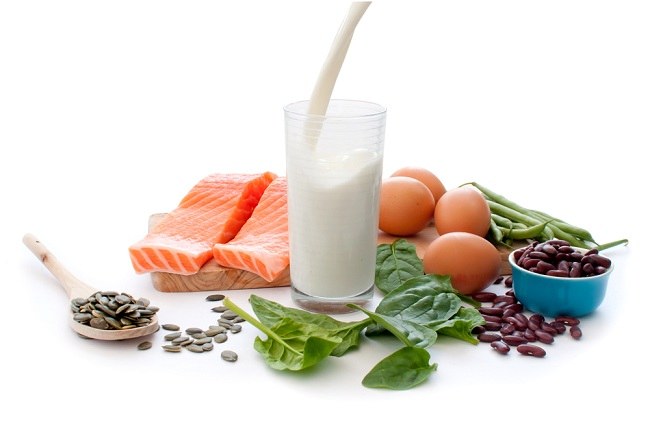Coronary heart disease is the most common heart problem. Handling this condition is very important. If left untreated, coronary heart disease can endanger the life of the sufferer.
Coronary heart disease occurs when the heart's blood vessels or coronary arteries become blocked due to plaque formed from fatty deposits or other substances, such as calcium and fibrin. This condition is known as atherosclerosis.

Plaque can form on artery walls, even from a young age. However, the older you get, the higher the risk of plaque formation. If left untreated, the presence of plaque can lead to narrowing of blood vessels and disrupt the supply of oxygen-rich blood to the heart.
Plaque can also block most or all of the blood flow in the arteries. When the blockage of blood flow occurs in the coronary arteries, a heart attack can occur.
Things that Increase the Risk of Coronary Heart Disease
So far, the exact cause of plaque formation in the arteries is still not known with certainty. However, the following things can increase the risk of atherosclerosis:
1. Smoking habits
Smoking is one of the most important factors in increasing the risk of coronary heart disease. At least more than 30% of people who have a heart attack are active smokers.
The content of nicotine and carbon monoxide in cigarettes makes the heart work harder than usual. Both substances can also increase the risk of blood clots forming in the arteries.
Unfortunately, other chemicals in cigarettes can also damage the lining of the coronary arteries, thus increasing the risk of coronary heart disease.
2. Cholesterol
Too much cholesterol flowing in the blood can cause coronary heart disease. Types of cholesterol that increase the risk of coronary heart disease are: low-density lipoprotein (LDL) or so-called bad cholesterol.
Cholesterol is what has a tendency to stick and accumulate in the coronary arteries.
3. Diabetes
Diabetics are predicted to have a two-fold higher risk of coronary heart disease. This is presumably because people with this disease have a thicker layer of blood vessel walls. The thickness of the coronary artery walls can interfere with the smooth flow of blood to the heart.
4. Blood clots
Blood clots or thrombosis that occur in the coronary arteries will block the blood supply to the heart. The process of blood clotting is closely related to other factors, such as inflammation, high cholesterol levels, uncontrolled blood sugar, and stress.
5. High blood pressure
High blood pressure can also increase the risk of coronary heart disease. A person is categorized as having high blood pressure if they have a systolic pressure of more than 140 mmHg or more and a diastolic pressure of 90 mmHg or more.
Systolic pressure is defined as a measure of the blood pressure when the heart contracts to pump blood out. Meanwhile, diastolic pressure is the blood pressure when the heart muscle stretches to fill the blood.
How to Prevent Coronary Heart Disease
To minimize the risk of coronary heart disease, there are several ways you can do, including:
- Exercise regularly
- Implement a healthy diet and balanced nutrition by increasing the intake of fruits and vegetables and reducing the consumption of foods that contain excess cholesterol and salt
- Quit smoking
- Lose weight if you overdo it
- Limiting alcohol consumption
- Control blood pressure
- Managing stress, either with relaxation therapy or meditation
- Get enough rest
The dangers of coronary heart disease can affect your quality of life, it can even cause sudden death from a heart attack. Therefore, check with your doctor regularly if you are at high risk of developing this disease.
You are also recommended to consult a doctor if you are already experiencing symptoms of coronary heart disease, such as chest pain that occurs when doing strenuous activities or stress, shortness of breath, cold sweat, and chest pain that radiates to the arms and neck.









